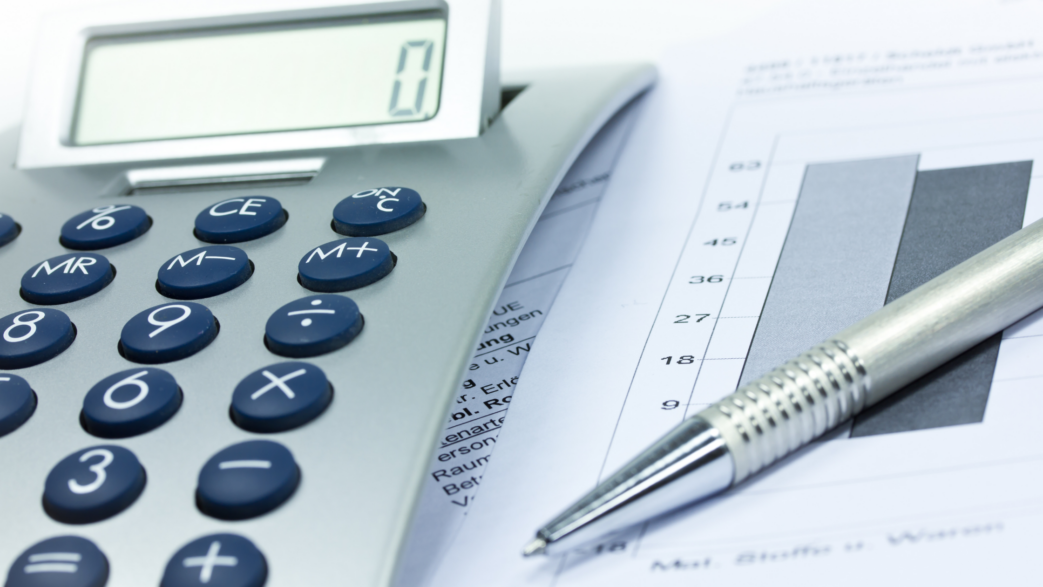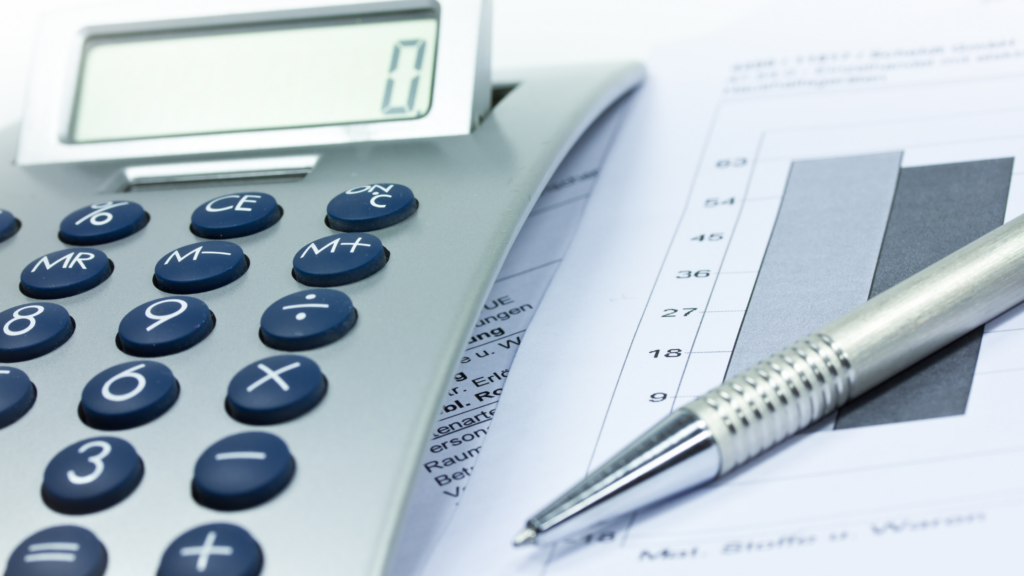When Calculating EBITDA, you get the most comprehensive snapshot of a company’s financials. EBITDA is a valuable and comprehensive accounting technique used to determine whether a company is worth investing in. Unlike standard net income calculations that use a simple formula of revenue minus expenses, EBITDA factors in other expenses, like taxes and interest. EBITDA allows analysts to generate useful comparisons between companies, and to project long-term profitability and the ability to pay off future financing. Read along to find out what EBITDA is and the formulas used to calculate it.
What is EBITDA?
You’re probably wondering, what is EBITDA? This acronym stands for earnings before interest, taxes, depreciation, and amortization. EBITDA is an important standard measure of profitability. What makes EBITDA? “EBITDA is an important measure that investors consider when a company is being bought or sold.”
How to Calculate EBITDA
To calculate EBITDA, a business must know its income, expenses, interest, taxes, depreciation, and amortization. Depreciation is the loss in value of operational assets, such as equipment. Amortization is expenses for intangible assets, such as patents, that are spread out over a number of years. First, gather the numbers, then implement the following formula.
EBITDA = revenue – expenses (excluding tax, interest, depreciation, and amortization).
Or more simply,
EBITDA =net income + interest, taxes, depreciation, and amortization.
Because EBITDA is not a part of generally accepted accounting principles (GAAP), it may not automatically be included in a company’s financial statement. However, EBITDA can be calculated using existing figures. With the EBITDA value, the business and its investors are now able to better compare profits against those of the business’s competitors.
Arguments against Calculating EBITDA
While many companies find EBITDA to be a good indication of performance, others believe the calculations can be quite deceptive and not representative of a company’s profitability. The main argument against relying on EBITDA as a performance indicator is that it does not account for changes in working capital. This indication of the company’s liquidity fluctuates due to interest, taxes, and capital expenditures.
While a negative EBITDA value may indicate that the business has trouble with profitability, a positive value may not be synonymous with a healthy company. This is because taxes and interest are actual expenses that businesses must account for. In contrast, a company may have low liquidity if its assets are difficult to convert into cash but still may maintain a high level of profitability. When you exclude working capital, as EBITDA does, it can result in a misleading valuation.
EBITDA can also provide a distorted picture of how much money a company has available to pay off the interest. By adding back depreciation and amortization, a company’s profits can be made to appear greater than they actually are. Also, EBITDA can be manipulated by changing depreciation schedules to inflate profit projections. For these reasons, many believe EBITDA is used simply as a way to make a company appear more attractive to investors than it really should.
EBITDA margin
One way to get a more realistic profit picture is to calculate the EBITDA margin. To determine the EBITDA margin, a business must first calculate its EBITDA and then divide that number by total revenue.
EBITDA Margin = EBITDA ÷ Total Revenue
This result helps to show how much operating expenses are eating into a company’s profits. In the end, the higher the EBITDA margin, the less risky a company is considered financially.
So, the next time you look at investing money in a company, take a peek at the EBITDA! If you would like help calculating yours, contact me today.


